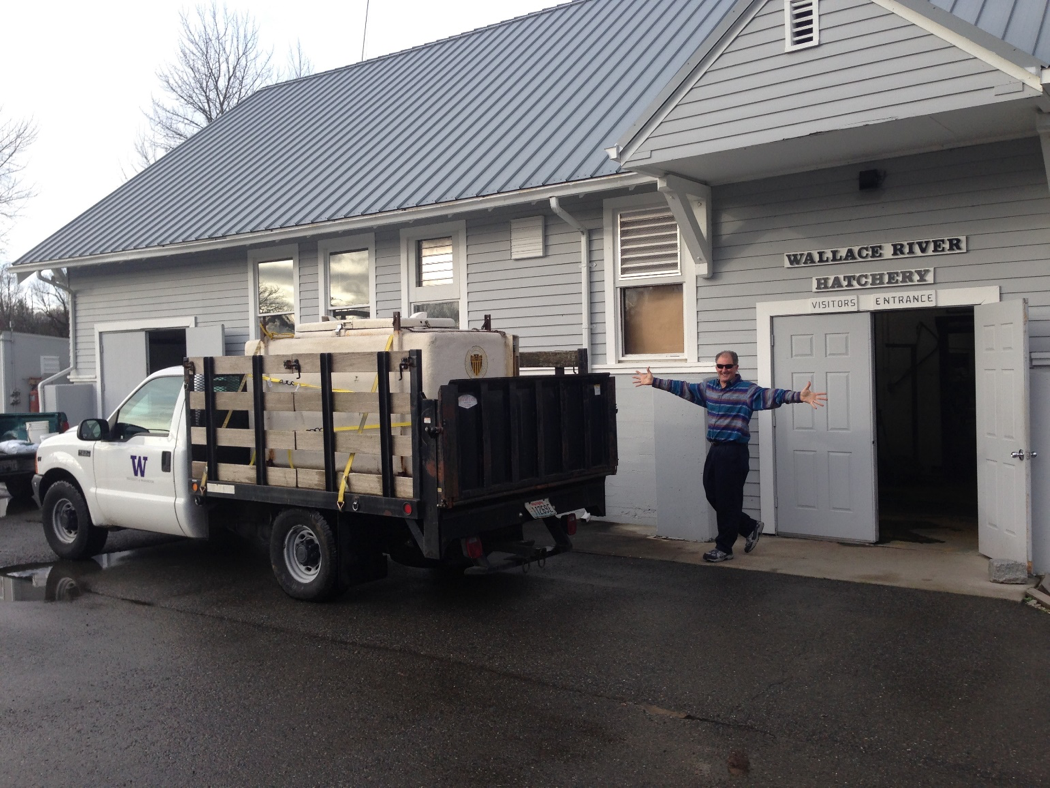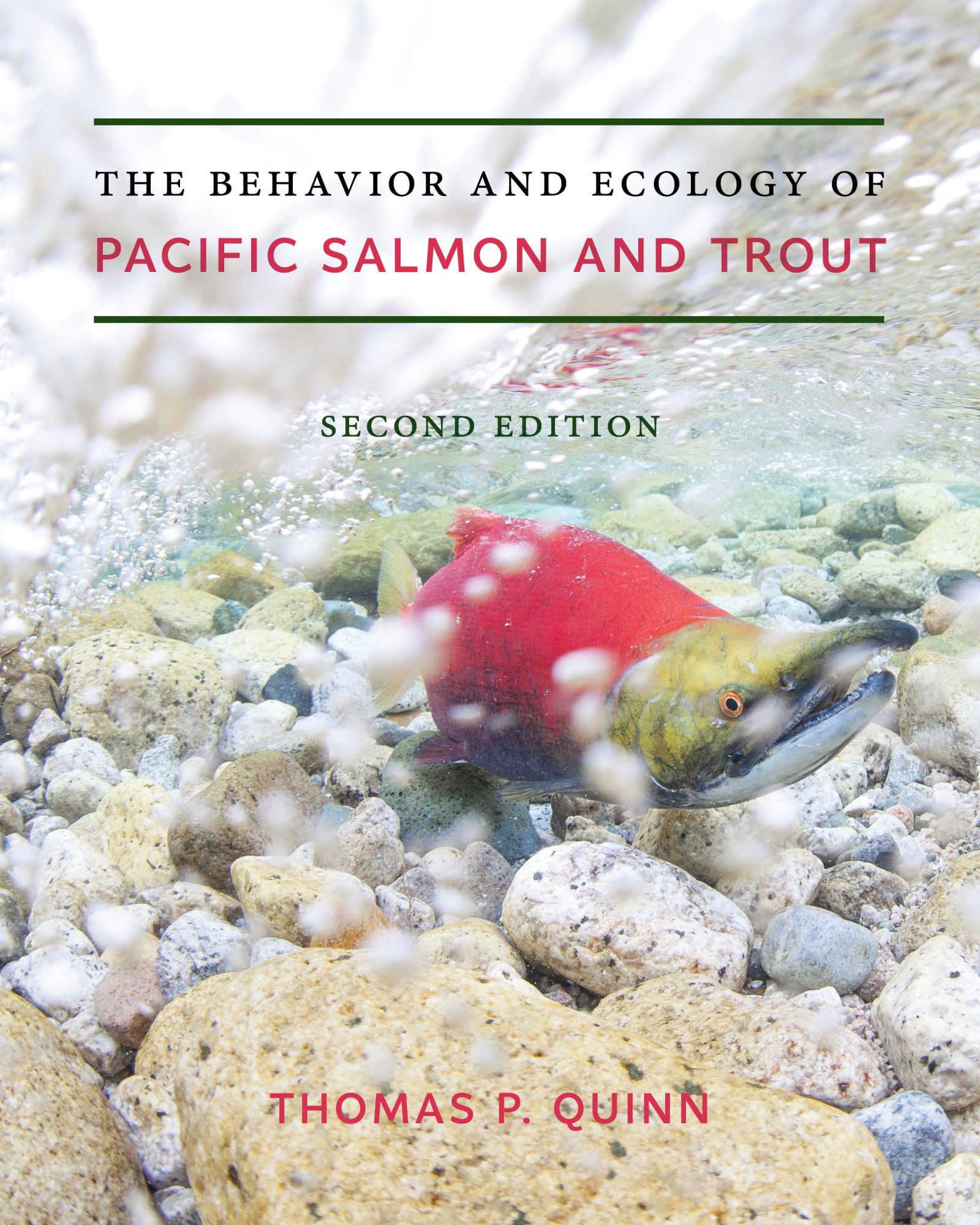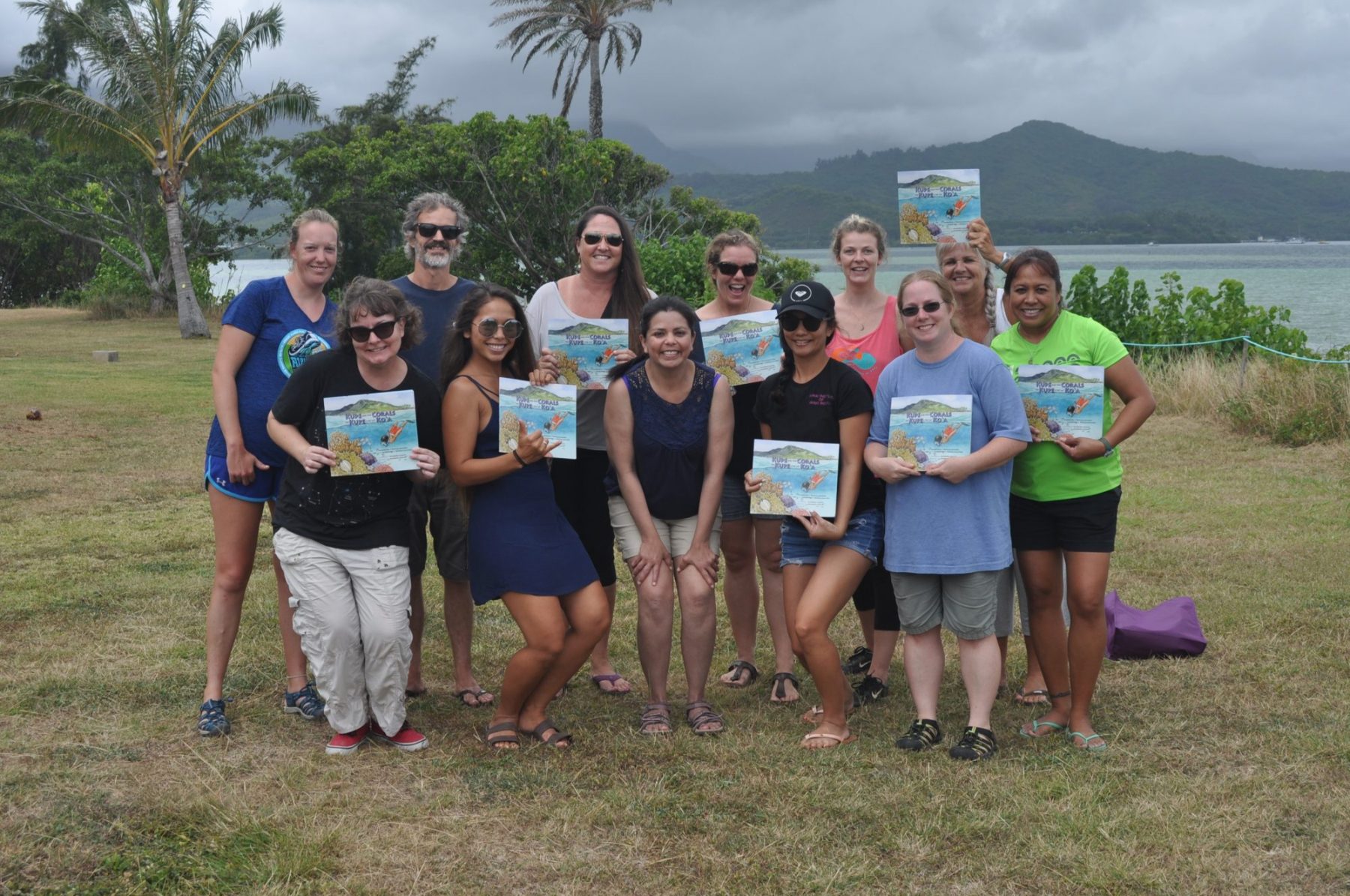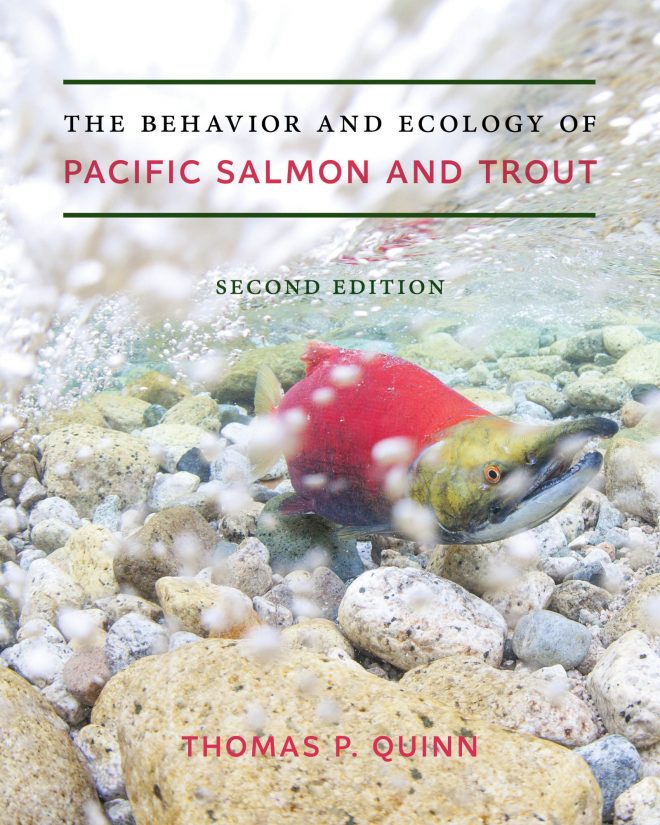The first time I visited the SAFS, it was a misty and slightly cold Friday morning in November of 2001. I had flown in to meet with André Punt, a new research professor, about the possibility of becoming a graduate student in his lab. I was finishing up an MS degree at Moss Landing Marine Laboratories in the Monterey Bay area of California, where Novembers were a bit milder and less cloudy than this introduction to Seattle. But hailing from sunny southern California and having spent my undergraduate years at the usually rainless University of California at Berkeley, I always longed for rainy days and happily greeted the gray and the mist.
I entered the new-ish SAFS building that looked like a cannery straight from Steinbeck’s days (making me feel right at home) and walked up the central staircase. The concrete and metal with tall, bright windows was clean, open, and welcoming. My meeting with André was not for another hour, so I headed into room 203, just beyond a large room full of computers (their hum and artificial heat would bathe me for years to come). FSH 203 is a room I became ultra familiar with in time: classes, seminars, workshops, meetings, defenses, and special occasions all used FSH 203, as did my own PhD defense seven years later to the month of this visit. I entered the room and was immediately greeted by Carolina Minte-Vera (PhD, 2004) and introduced to the Quantitative Seminar, a long-running Friday seminar series hosted by SAFS graduate students (of which I become coordinator in the 2004–2005 school year).
What I particularly remember that day was meeting several international SAFS graduate students at the seminar and getting the strong sense that there was something very special about this institution. I then talked with André—at that time a South African-born Australian citizen living in the United States—about the work in his new and expanding laboratory. I would soon thereafter meet André’s first graduate student working on his MS, Gavin Fay (MS, 2004; PhD, 2012) from Sheffield, England. He and I would share an office together until September 2007, when I started working at the National Marine Fisheries Service’s Northwest Fisheries Science Center (NWFSC), a place that remains my professional home. And Gavin remains a close and dear friend.
Throughout my six years at SAFS, I got to know many wonderful and talented people from all around the world. From graduate students to visiting scientists, American and international scientists exchanged ideas, wrote papers together, and supported each other through challenging moments, becoming both colleagues and friends. I was able to witness so many people, whether from the United States or elsewhere, take their education from SAFS and transfer that knowledge to places far from the Seattle campus. And while my office is still based in the beautiful Emerald City, I have had the wonderful opportunity at the NWFSC to teach, work, and build technical capacity in fisheries science on six continents (still working on Antarctica), in addition to hosting visiting scientists and policy makers from numerous foreign institutions. While domestic stock assessment and fisheries management issues are our primary responsibilities at the NWFSC, fisheries science is a global activity and outreach is democratic. I spend a large amount of research effort in this worldwide arena. In my professional endeavors abroad I repeatedly encounter SAFS graduates doing impressive and important work.
My view of the long SAFS tradition is that it is intrinsically diverse, transferable, and broadly applicable. It is cross-disciplinary and fundamentally cosmopolitan. The inclusive nature of the student body is a heritage that encourages innovative thoughts, novel actions and broad reach, and is notably one of SAFS’s greatest strengths and important legacies. May the next 100 years continue to bring scientists from all corners of our world, from varied backgrounds and cultures, unified in the profession of asking questions and seeking answers that boundlessly advance and redefine how to do fisheries science while unifying generations to come that perceive no borders.














